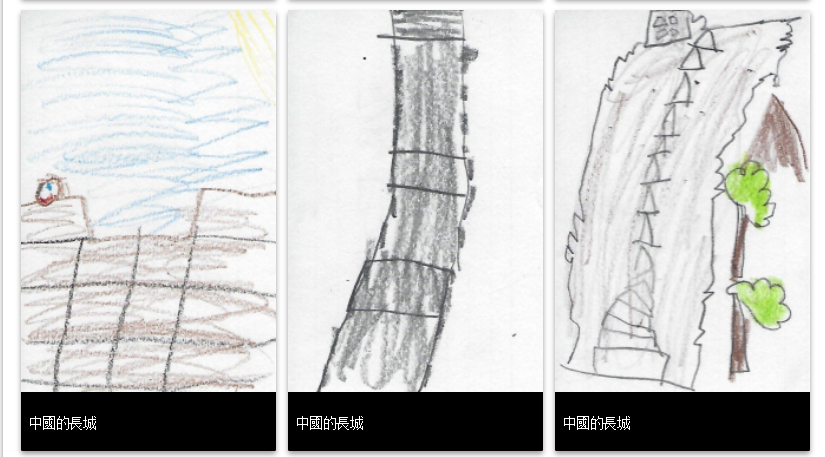Submitted by: Hana Hecht
School: Freeman High School
Summary
After a brief lesson on political parties, students will take a quiz to determine their position on the political spectrum. Once divided, students will prepare a debate on the big issues for the 2012 Election. They will use information gathered through research, discussion boards, and interviews. Students will choose their own personal position on each issue using information learned during the debate as well as from the propaganda created by each party. Through data gathered, students will compare their stand on the issues with the current candidates and the rest of the nation.
TIPC Ratings
Ideal/Target:
Students are collecting information through research using search engines, such as Google and databases, such as One Search. Students are also collecting information through social means by using the discussion board feature on School Space as well as interviewing adults outside of the school. Students are given a basic structure of expectations for appropriate and sufficient research. However, it is an open-ended structure, meant to get the students engaged in conversation and further knowledge on their issue. The students are asked to not only assemble information but also to analyze it as it pertains to themselves and their community. By assessing their resources, students are evaluating the accuracy and usefulness of their resources for the task at hand, and eventually as compared to other resources.
Ideal/Target:
Students are instructed to use a discussion board, which has already been set up for them. However, they set up the discussion. Students collaborate both in class and outside of the classroom to prepare for the debate. Each student’s role in the debate is their decision. They are able to reflect on the process by going back and reviewing replies to the posts, but also through their reflection of how they did on the debate through the student vote. This is evidence in the PowerPoint attached.
Ideal/Target:
Students are asked to debate current issues using current events. They will be voting in the next presidential election so participating in the debate will hopefully help them vote in November. They need to think critically about these issues and justify their choices on these issues.
In researching their issue, students approach it not just through research but through socialization. The students come up with a statement for discussion on the discussion boards. The students come up with questions to ask an adult, thereby starting a conversation. The students debate the issues. The teacher only facilitates when needed. Their interaction with both their peers and adults encourages them to critically think about the work in which they are about to enter as well as possible solutions to these problems.
The students also gather data that is analyzed to form predictions.
The students are also expected to behave properly in a debate, thereby learning how to engage in appropriate political conversations in the future.
Ideal/Target:
Students are preparing for a structured debate with set expectations. Students are also creating a propaganda poster with set requirements. However, the content of both the debate and poster is left up the student. Students are synthesizing existing and self-generated knowledge to create their position for the debate. Though there were guidelines, students were engaged in creativity and innovation throughout this project. They analyzed the information from their beliefs and the major issues at hand. They used information they researched to create an opinion and justify through a debate that opinion. Students reflected on the process through responses in discussion forums and informally after feedback and voting from the debates. This is evident in the PowerPoint attached.
Download Files
- Lesson Plan
- Pictures from the Debates
- PowerPoint of Reflections and Issue Results
- Pictures of Campaign Posters
- Student Notes and Examples







